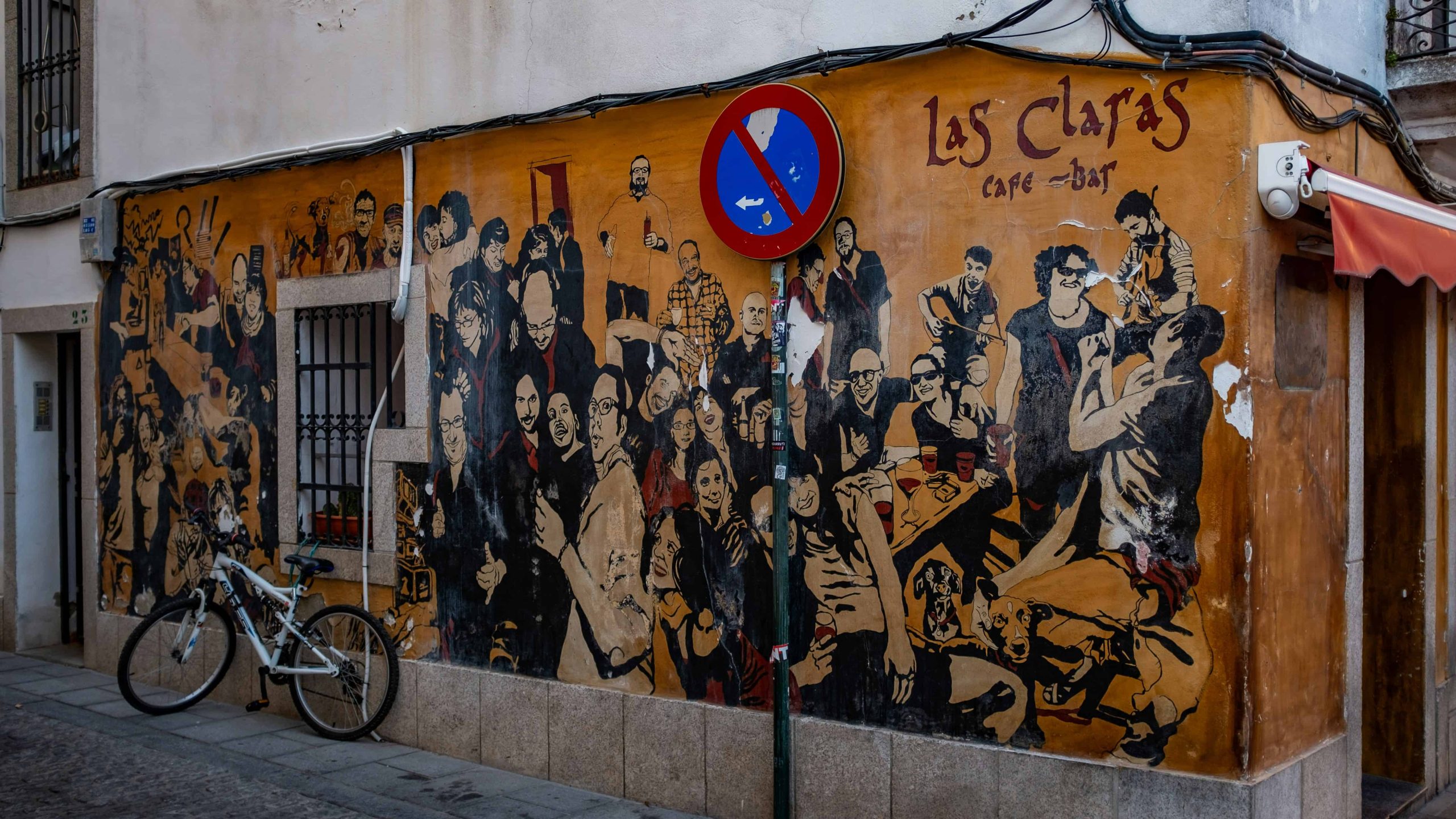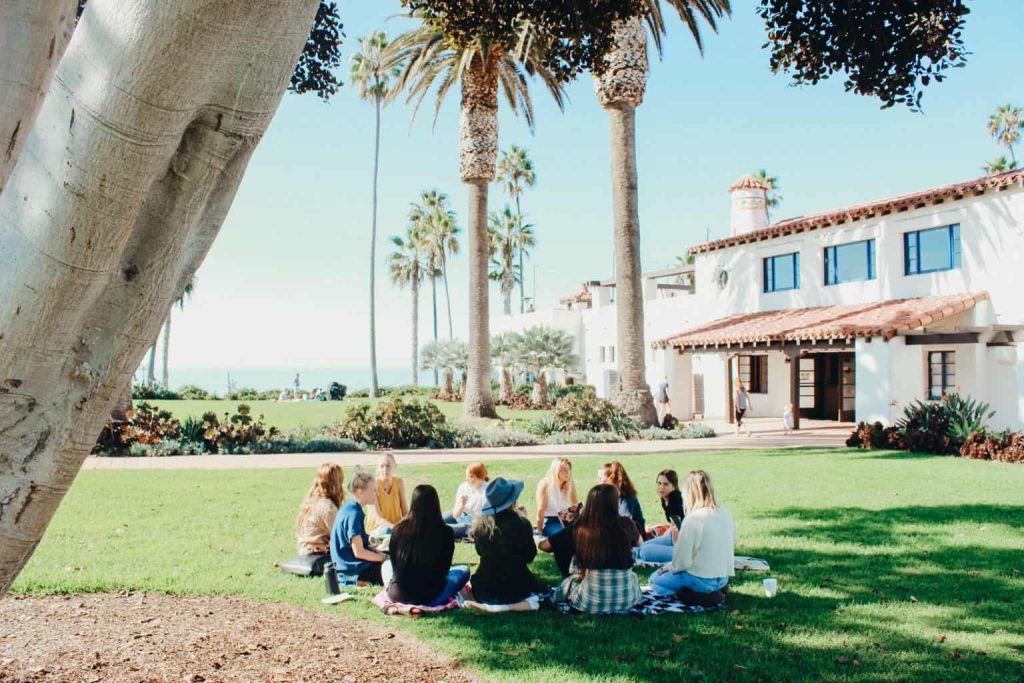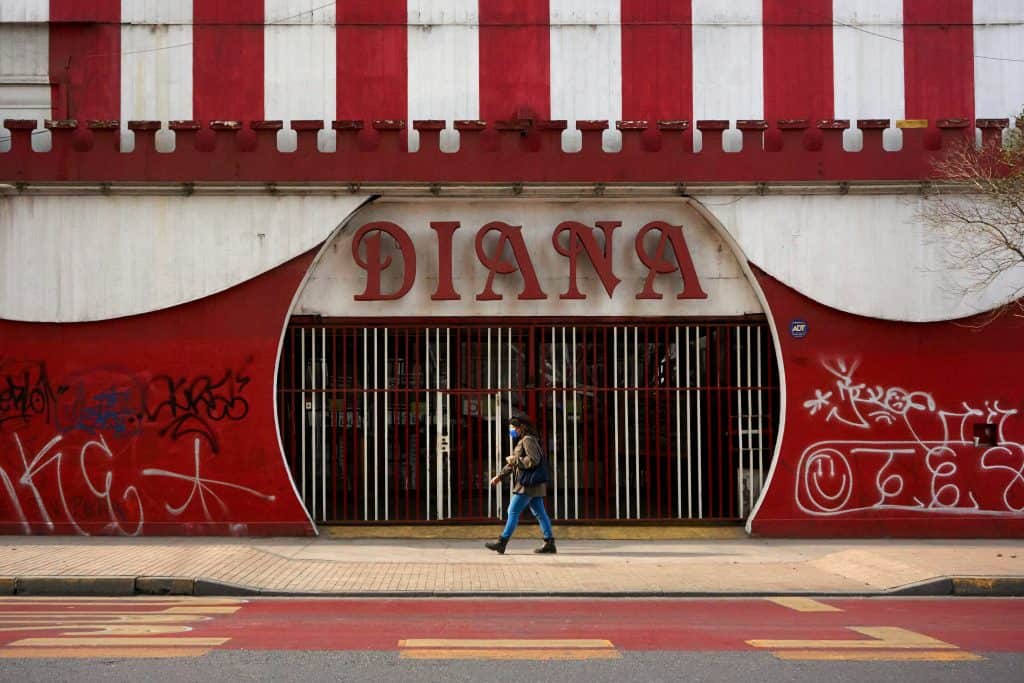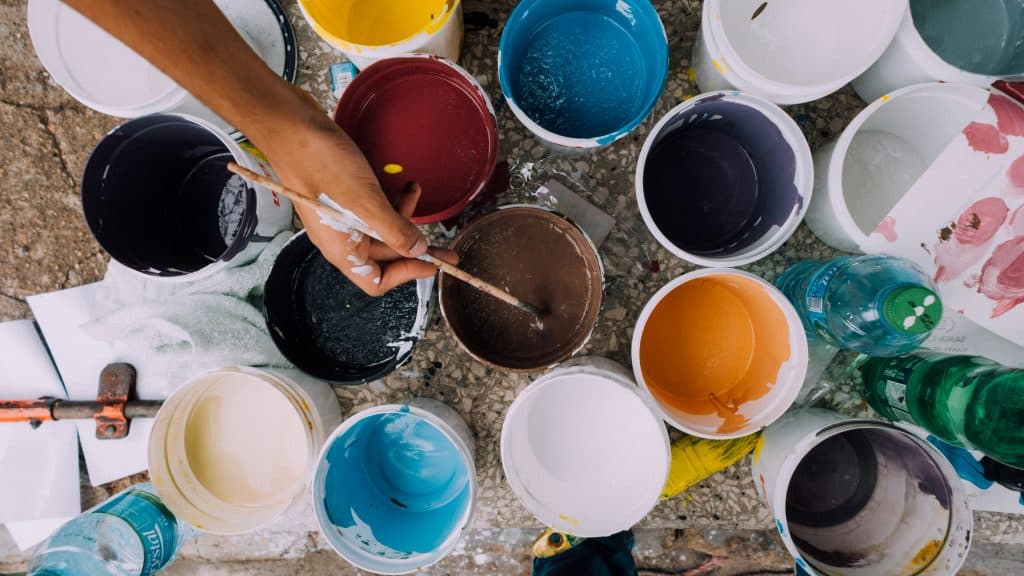
29 Feb Art in Public Spaces and Community Life
Public art, ranging from murals to sculptures and performances, infuses urban landscapes with vitality, identity, and community spirit. It transcends mere aesthetics, embodying the stories, values, and aspirations of the people it represents. In cities worldwide, art in public spaces serves as a dynamic canvas, transforming spaces and inviting dialogue among residents and visitors. It sparks reflection, fosters connection, and celebrates diversity, transcending barriers of language and background. Moreover, public art acts as a catalyst for urban renewal, breathing new life into neglected neighborhoods and stimulating economic growth by attracting tourists and fostering local entrepreneurship.
In the face of urbanization and cultural change, public art gains even greater significance as a mirror of society’s collective consciousness. It prompts dialogue on pressing issues such as social justice and environmental sustainability while inspiring change and fostering empathy. Through collaborative projects and thought-provoking installations, public art shapes urban environments, contributing to inclusive and resilient communities poised for a dynamic future.
Benefits of Public Art for Community Life

Photo by Kylie Lugo
Sense of Place and Identity
Art serves as a profound reflection of the history, culture, and values ingrained within a community. Through community-designed mosaics, murals, and sculptures, landmarks emerge, weaving narratives that resonate with residents and visitors alike. These artistic expressions not only decorate physical spaces but also cultivate a profound sense of belonging, anchoring individuals to their surroundings and fostering a collective identity that celebrates diversity and heritage.
Social Cohesion and Engagement
Public art serves as a catalyst for social interaction and dialogue, bridging divides among individuals from diverse backgrounds. Interactive sculptures and performance spaces provide platforms for spontaneous encounters and meaningful conversations, fostering empathy and understanding through shared experiences. As people engage with these artistic interventions, they find common ground, forging connections that transcend societal boundaries and enriching the social fabric of communities.
Well-being and Mental Health
The transformative power of art extends to the realm of well-being and mental health, offering solace and inspiration amidst the complexities of urban life. Through encounters with art, individuals find respite from stress, tapping into their innate creativity and finding solace in moments of contemplation. Nature-inspired installations and uplifting murals infuse streets and neighborhoods with positivity, creating environments that nurture a sense of tranquility and safety, thereby contributing to overall mental and emotional well-being.
Economic Development and Revitalization
Beyond its cultural significance, public art plays a pivotal role in driving economic development and revitalizing communities. By attracting tourists and businesses alike, artistic interventions serve as magnets for economic activity, injecting vitality into local economies and spurring growth. Art districts and creative hubs transform underutilized spaces into vibrant cultural epicenters, drawing foot traffic, fostering entrepreneurship, and enhancing property values. Through strategic investment in public art initiatives, communities unlock new avenues for prosperity while preserving their unique character and heritage.
Challenges and Considerations

Photo by Ignacio Amenábar
Community Input and Inclusivity
Promoting diversity and community involvement in the field of public art is essential to producing representative and meaningful creative representations. Communities make sure that the public art they commission accurately represents the different identities and experiences of their people by actively involving a range of perspectives in the selection and design process. Residents may shape artworks that speak to their collective consciousness by sharing their ideas, preferences, and narratives through town hall meetings, community forums, and online surveys. This inclusive strategy fosters a sense of pride and ownership in the common cultural legacy preserved in public areas, as well as fortifies ties within the community.
Maintenance and Protection
While public art enriches the urban landscape, ensuring its longevity requires vigilant attention to maintenance and protection efforts. Addressing issues such as vandalism, weather-related deterioration, and structural integrity demands proactive strategies and collaborative partnerships. Community-based initiatives, including neighborhood watch programs and volunteer maintenance crews, play a pivotal role in safeguarding public artworks from harm and decay. Moreover, leveraging technological advancements, such as surveillance cameras and protective coatings, enhances the resilience of public art installations, preserving their aesthetic and cultural value for future generations to cherish.
Content Concerns
Navigating any conflicts about appropriateness and substance in the context of public art is a complex task that demands significant thought and discussion. Since artworks deal with difficult subjects and societal challenges, the audience may understand them differently and respond to them in different ways. Engaging stakeholders, such as consulting with artists, cultural experts, and community leaders, may help reduce conflict and promote understanding between parties. In order to balance artistic freedom with consideration for community values and sensitivities, transparent and accountable procedures must be established for the selection and commissioning of public art projects. Communities may overcome content issues and create conditions that support artistic expression and cross-cultural interchange by committing to inclusion and engaging in open discourse.
Accessibility
Making public places genuinely inclusive means making sure they are accessible to people with a variety of skills and limitations. There are many different aspects that affect how accessible public art exhibits are, ranging from physical restrictions to sensory sensitivity. All community members are encouraged to participate and interact equally when universal design principles and accessible features, such tactile components, audio explanations, and ramps, are incorporated. Decision-making processes are informed by partnerships with disability activists, accessibility specialists, and grassroots groups. These partnerships create diverse contexts that enable people to directly see the transforming impact of art. Communities that prioritize accessibility provide opportunities for genuine connection and belonging among various populations by reaffirming their commitment to social equality and dignity.

Photo by russn_fckr
Conclusion
The integration of art into public spaces serves as a cornerstone for vibrant and inclusive communities. As explored, the benefits are manifold, ranging from fostering a sense of place and identity to promoting social cohesion and economic development. Public art not only beautifies urban landscapes but also creates opportunities for dialogue, engagement, and cultural exchange among community members. However, the journey towards embracing art in public spaces is not without its challenges. Issues such as ensuring community input and inclusivity, maintaining artworks, addressing content concerns, and promoting accessibility require careful consideration and proactive measures. By addressing these challenges collaboratively, communities can further enhance the positive impact of public art initiatives.
Ultimately, the enduring significance of art in public spaces lies in its ability to reflect the collective identity, aspirations, and values of a community. As cities evolve and grow, the integration of art into public spaces remains a powerful tool for fostering connection, inspiration, and civic pride. By embracing and nurturing public art, communities can continue to enrich the fabric of urban life and create spaces that resonate with the diverse tapestry of human experience.
Key Takeaways
Benefits | Challenges | Conclusion |
Enhances a sense of place and identity. | Community input and inclusivity are crucial. | Public art is pivotal for vibrant communities. |
Fosters social cohesion and engagement. | Maintenance and protection require attention. | Investment and support are essential. |
Contributes to well-being and mental health. | Addressing content concerns is important. | Public art shapes vibrant and livable spaces. |
FAQs
How can communities involve residents in public art projects?
Communities can involve residents in public art projects by employing various inclusive strategies. Hosting workshops allows community members to actively participate in brainstorming sessions and offer ideas for artwork themes and locations. Surveys can be distributed online or through community centers to gather input from a wider audience, ensuring diverse perspectives are considered in the selection and design process. Additionally, organizing meetings where residents can discuss proposed projects fosters transparency and encourages community buy-in. By engaging residents from different backgrounds and demographics, communities can create public art that reflects the values and identities of the entire community.
What measures can be taken to protect public spaces art from vandalism?
To protect public art from vandalism, several measures can be implemented. Applying protective coatings to artworks can make them more resistant to damage from graffiti or other forms of vandalism. Installing security cameras in strategic locations near public art installations can help deter potential vandals and provide surveillance footage for law enforcement in case of incidents. Furthermore, community engagement programs that raise awareness about the cultural and economic significance of public art can instill a sense of ownership and pride among residents, encouraging them to act as stewards and report any instances of vandalism promptly.
How can public art initiatives be made more accessible for people with disabilities?
Public art initiatives can be made more accessible for people with disabilities through deliberate design and inclusive practices. Designing installations with accessibility in mind, such as incorporating tactile elements and clear pathways for mobility aids, ensures that individuals with physical disabilities can fully engage with the artwork. Providing audio descriptions or Braille signage alongside visual displays enables individuals with visual impairments to access information about the art. Moreover, ensuring that public art spaces comply with accessibility standards, such as providing ramps and elevators, facilitates meaningful participation for individuals with diverse abilities. By prioritizing accessibility in public art initiatives, communities can create inclusive spaces where everyone can experience and appreciate artistic expression.
Discover the dynamic potential of forming partnerships with “Influencer Partnerships in Art Promotion,” guide exploring how these collaborations amplify visibility, expand audience reach, and ignite engagement, propelling artists and their work into the spotlight of cultural relevance and recognition.

